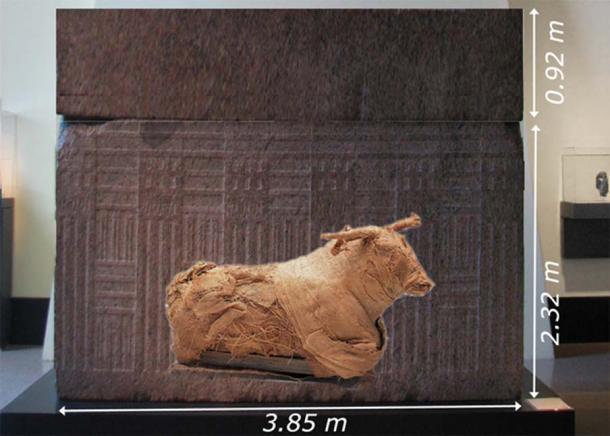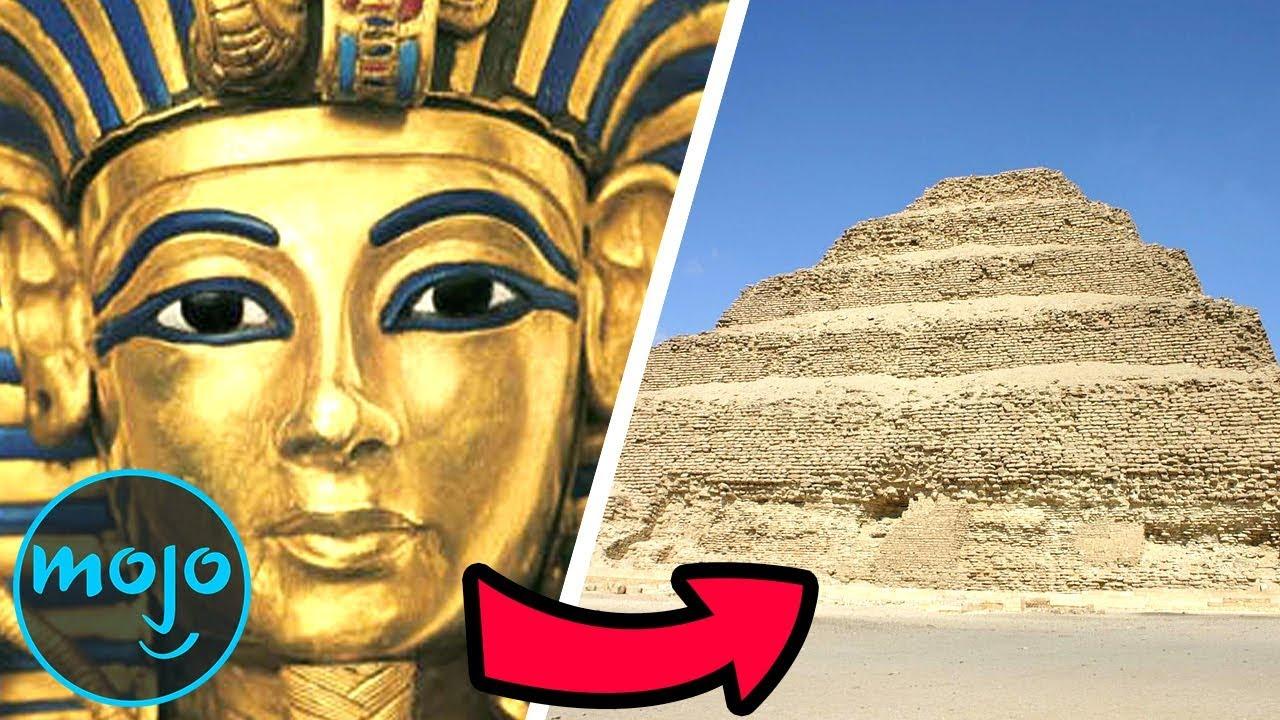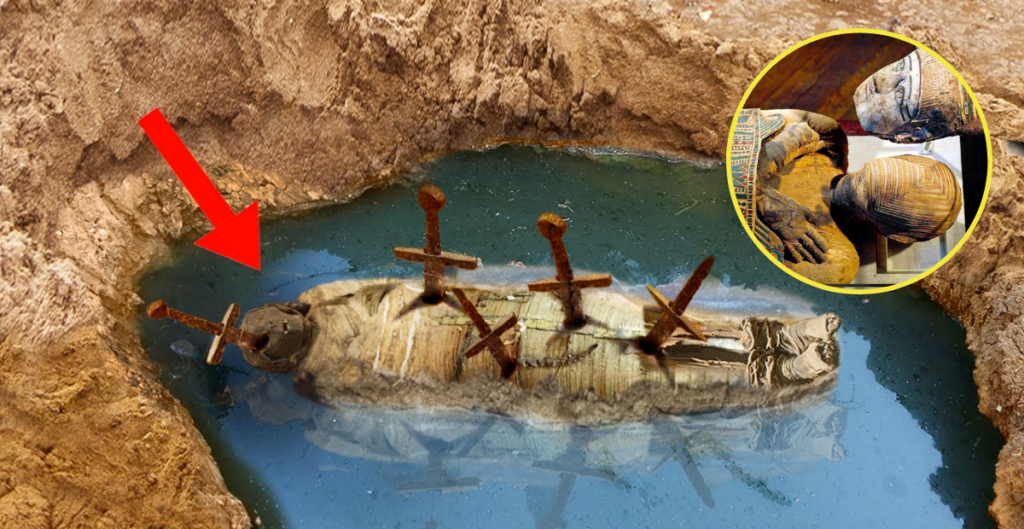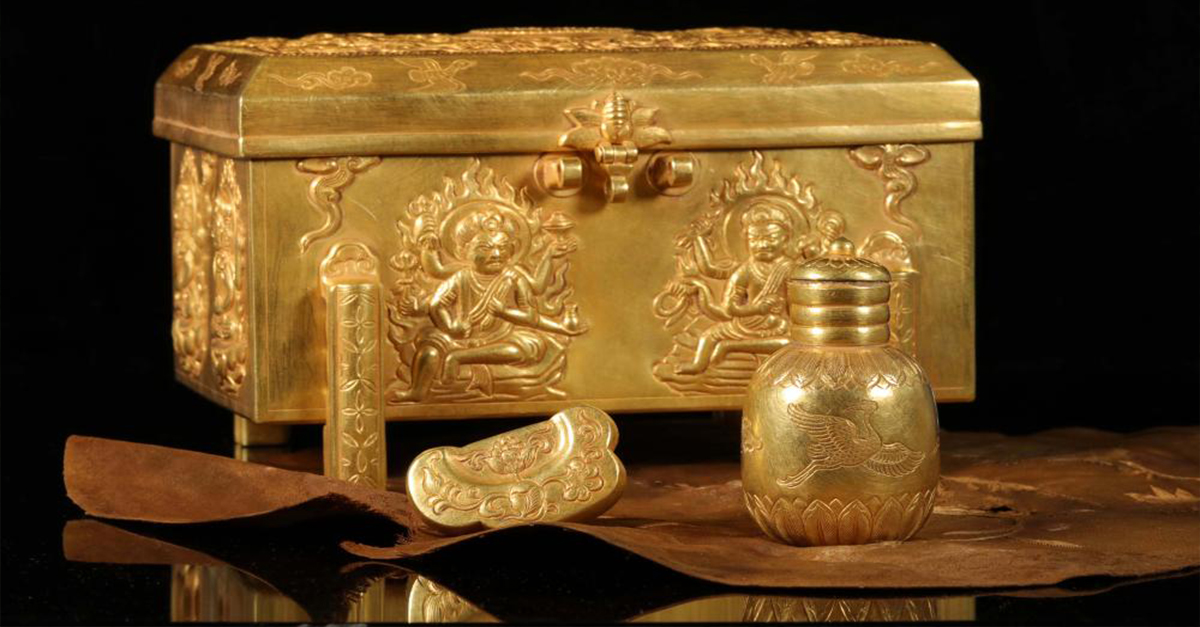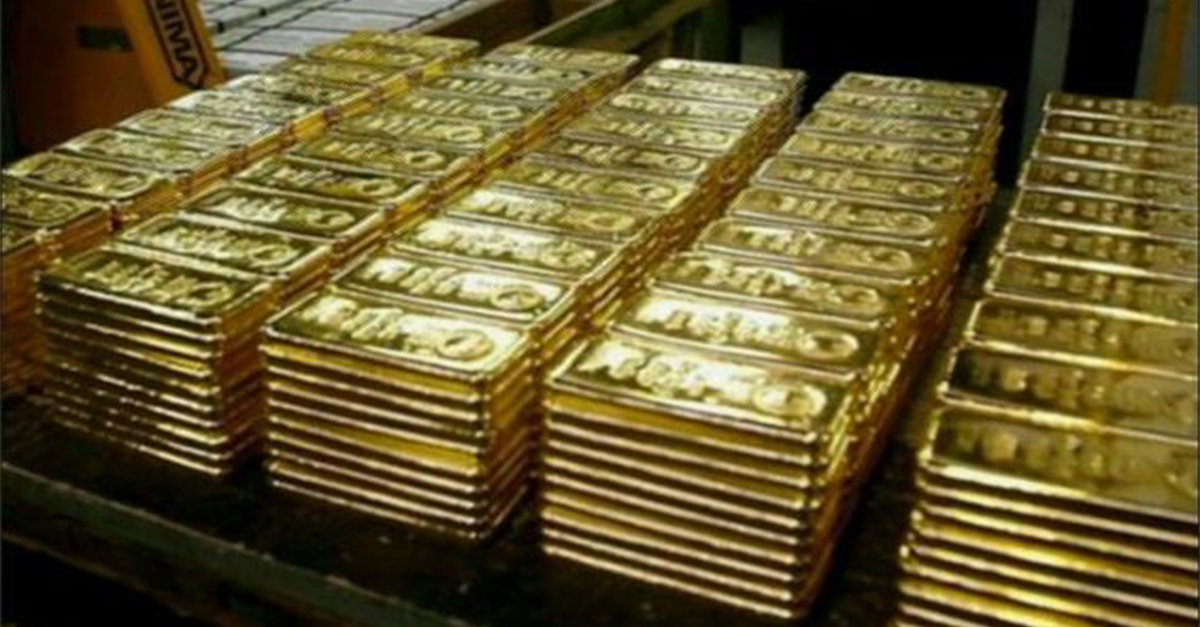The remains of two children, aged ten and 12, buried 34,000 years ago in Russia, have revealed a clue about the treatment of disabled people in ancient times.
Their bodies were found among Sungir burials on the outskirts of Vladimir, Russia, Live Science reported.
They were placed in a long, slender tomb, placed head to head, and their tomb was filled with more than 10,000 ivory beads, more than 300 fox teeth, and at least 20 bracelets.
Additionally, the space was filled with carved works of art, 16 ivory spears, deer antlers, and two human calf bones, which were placed on the children’s chests.

Scientists say Upper Paleolithic remains (pictured) have revealed a lot about the way disabled people were treated at the time. Researchers studied the remains of two children and determined that although the children had physical disabilities, they were cared for and given extravagant burials.
Researchers compared their graves to that of a man they assumed was about 40 years old when he died.
The tomb of the adult had no comparison with that of the children, who were full of riches.
Around 3,000 ivory beads, 12 fox fangs, a stone pendant and 25 ivory bracelets were found in the man’s grave, meaning he received significantly less than the children discovered by researchers.
Erik Trinkaus, author of the new report detailing the findings, told LiveScience: “From the point of view of mortuary behavior, adult burial is, in fact, very different from child burial.”
The Sungir burials have been examined since their discovery decades ago and date back to the Middle Upper Paleolithic period.

The remains of two children, who were ten and twelve years old when they died, were placed head to head in the tomb, which was filled with riches.

The riches in his tomb were more spectacular than those of a nearby tomb that belonged to a 40-year-old man, which was curious to researchers.
The region where the tombs are located was enduring a warmer than usual period when the remains were buried, researchers said.
Ice ages occurred both before and after this period.
The higher temperatures during this time explain, at least in part, how ancient hunter-gatherers who lived during this time were able to break up the ground, which would have otherwise been frozen, to bury members of their community.
Ten bodies have been found in the Sungir burials, but the remains of the two young men are the most spectacular, scientists said.
What makes the discovery curious are the conditions in which the children’s remains are found.
Both show signs of having conditions that would have contributed to them living such short lives.


Ivory beads, ivory spears, fox teeth and carved works of art were among the riches with which the children were buried. The researchers analyzed the children’s dental records and skeletal remains for the new study.
The researchers noted that both had experienced multiple periods during which their bodies were under extreme stress.
They based their finding on an examination of children’s tooth enamel.
Additionally, the younger boy’s femurs were “exceptionally arched and short,” and the older boy’s teeth were barely used.
A skeletal analysis suggested the older boy was bedridden.
“To us, this doesn’t seem like a big deal, but people in this era wore their teeth quickly,” Trinkaυs explained.
This led researchers to speculate that the older child was fed soft foods.
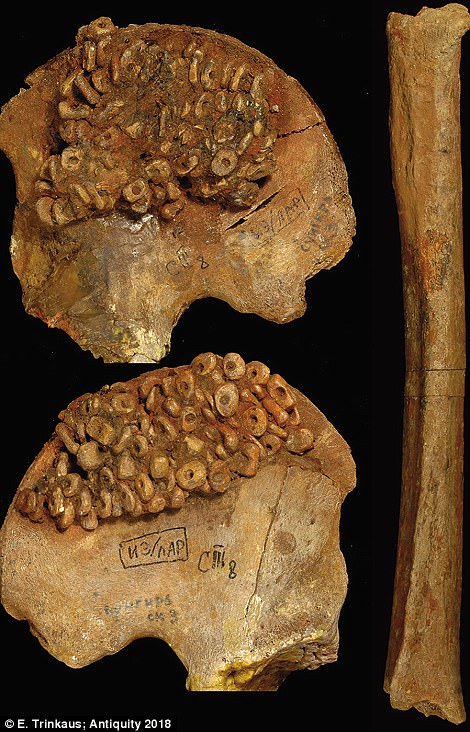
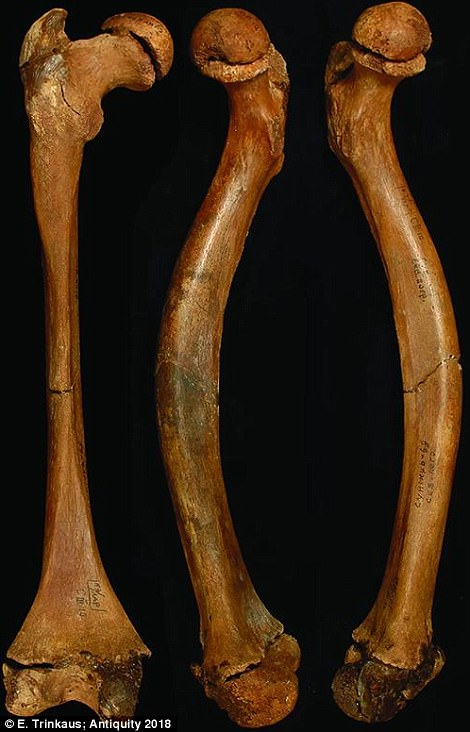
The remains of the Upper Paleolithic were found in Russia. A total of ten bodies were found at the archaeological site
